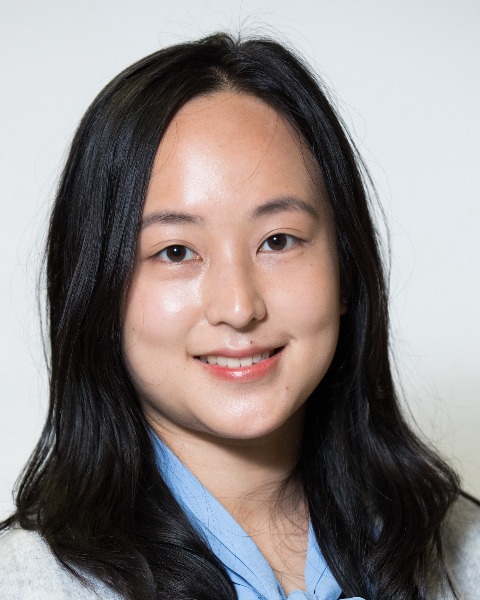SIR 2025
Women's Health
Scientific Session
Cryoablation versus Breast-Conserving Surgery for Early-Stage, Low-Risk Breast Cancer ≤ 1.5 cm: A Cost-Effectiveness Analysis

Xiao Wu, MD (she/her/hers)
Resident Physician
University of California, San Francisco, United States
K. Pallav Kolli, MD, FSIR
Associate Professor of Clinical Radiology
University of California, San Francisco, United States- RM
Rita Mukhtar, MD
Associate Professor
University of California San Francisco, United States - BJ
Bonnie Joe, MD, PhD
Professor
University of California San Francisco, United States - RK
Ryan Kohlbrenner, MD
Assistant Professor
University of California, San Francisco, United States
Presenting Author(s)
Author/Co-author(s)
To compare ultrasound-guided cryoablation and breast conserving surgery (BCS) for patients with early-stage, low-risk breast cancer using a cost-effectiveness analysis.
Materials and Methods:
A Markov decision tree was constructed comparing cryoablation and BCS for patients with unifocal small (≤1.5 cm), lymph node-negative, ultrasound-visible breast cancer from a payer’s perspective over a 5-year horizon with a cycle length of 1 year. Clinical outcomes after cryoablation were based on the ICE3 trial, and those after BCS were based on a meta-analysis of 17 trials from the Early Breast Cancer Trialists' Collaborative Group{1, 2}. Cost and utility parameters were derived from published cost-analyses and health outcome studies specifically in patients with breast cancers{3, 4}. Base case calculation, probabilistic and deterministic sensitivity analyses were performed.
Results:
Base case analysis showed cryoablation to be the better strategy (Table 1), achieving higher health benefit (additional 0.08 QALY or 29 days of life in perfect health) and a cost-saving of $16,516. Probabilistic sensitivity analysis with 10,000 iterations showed cryoablation to be the better strategy in 96.94% of the iterations, primarily driven by the lower complication risk and lower procedural cost of cryoablation while achieving comparable outcomes.
Among the variables, local and distant recurrence, as well as overall survival after cryoablation had the greatest impact on the conclusion. It was the more optimal strategy when its local recurrence risk was < 28.3% (base case: 0.86%) per year or distant recurrence risk was < 4.9% (base case: 0.96%) per year. When varying the annual mortality associated with breast cancer after cryoablation, the threshold value above which BCS became the better strategy was 2.74%, or lower than 87.0% overall survival at 5 years (ICE3 result: 96.2% at 5 years). In terms of treatment costs, BCS became the more cost-effective strategy if the cost of cryoablation was > $27,250 (or >$8,000 more costly than) BCS. Varying the complication risks of both treatment strategies up to 50% did not change the conclusion.
Conclusion:
Ultrasound-guided cryoablation is a cost-effective strategy for patients with early-stage, low-risk breast cancer when compared to breast-conserving surgery, with lower cost and higher quality of life.


.jpg)